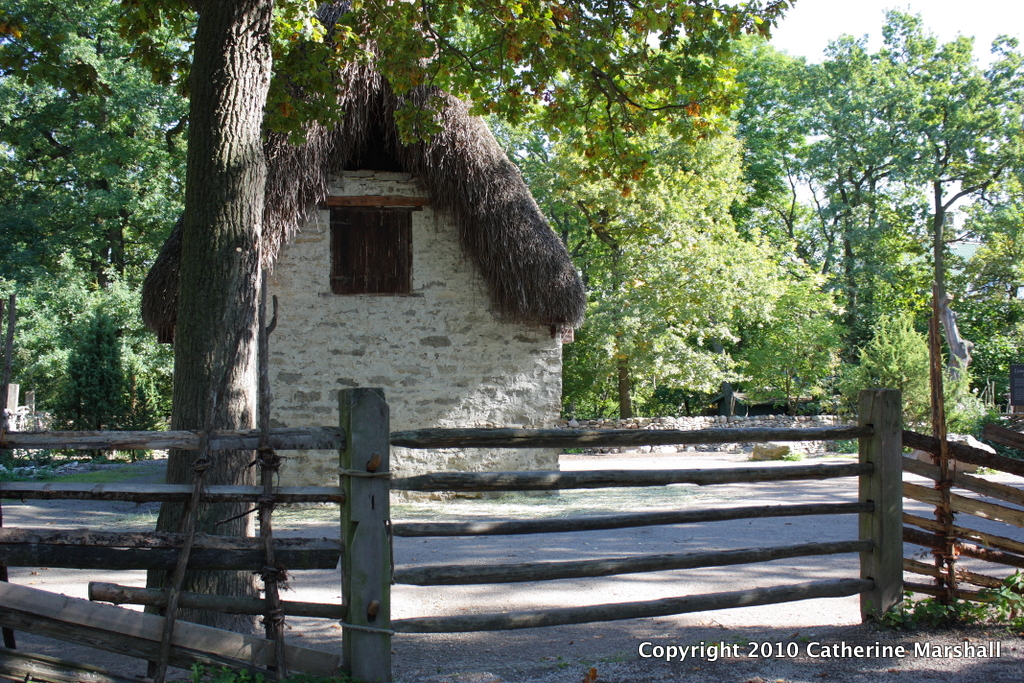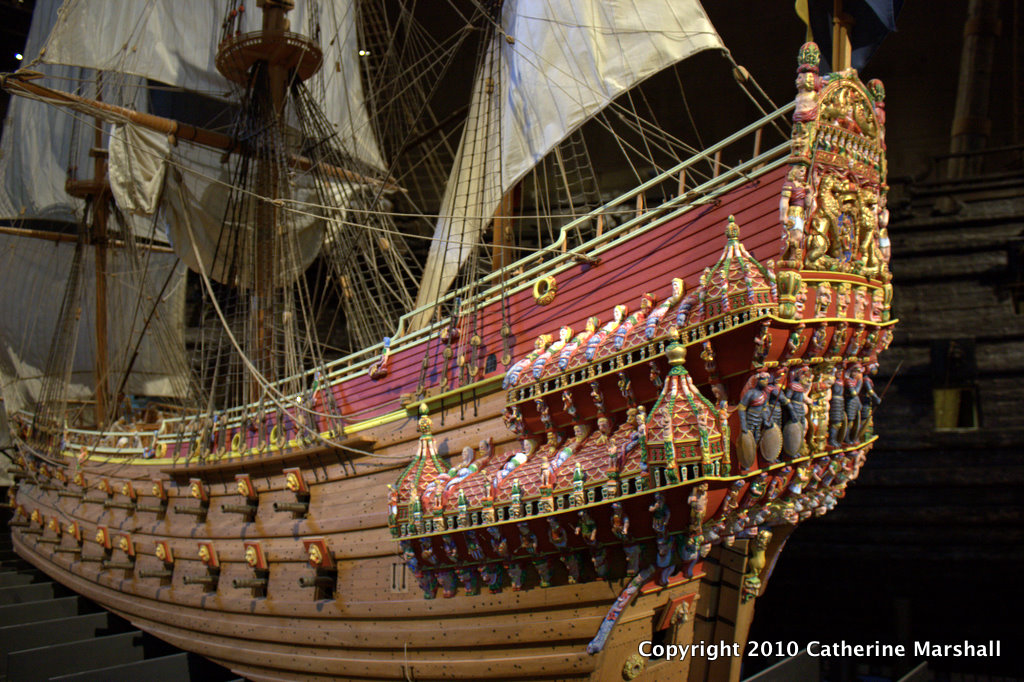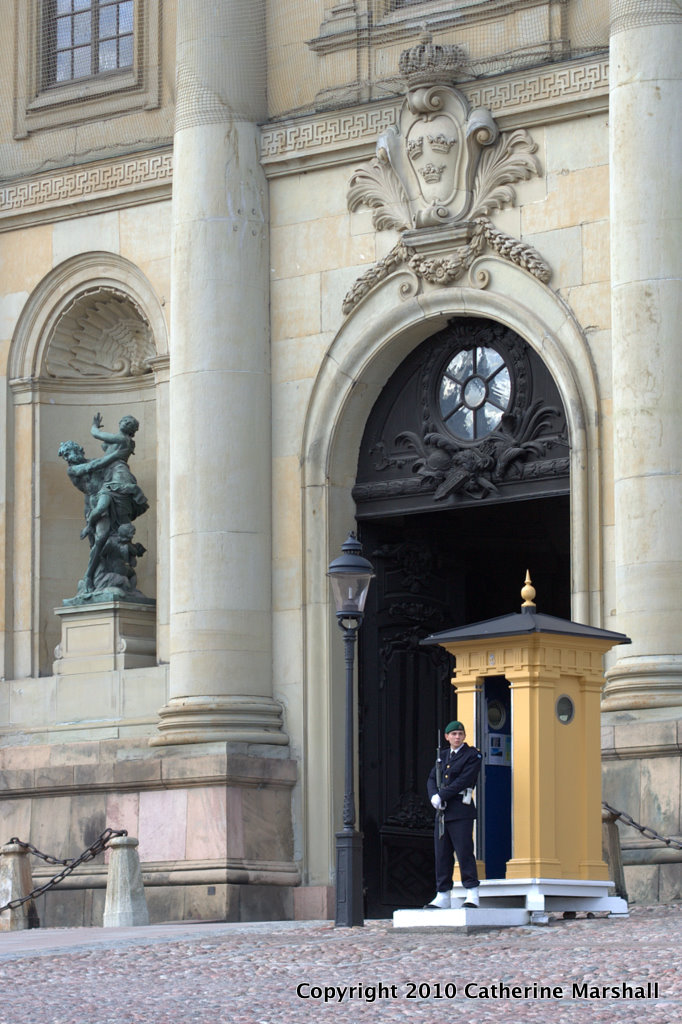
If you walk along Nyhavn to the Inderhaven (Inner Harbor) and look to the north, you will see a modern brick and glass building known as Skuespilhuset, which is now the main venue for drama performances by the Royal Danish Theater. Skuespilhuset, which was designed by Lundgaard & Tranberg, is stunning to look at — from the outside with its juxtapositions of earthy brown brick, smooth green glass, and copper cladding — and from the inside where exposed steel trusses, long fiber optic lights, metal railings, and bright red chairs exist in visual harmony with the brick and glass walls. You can reach the building via a wooden walkway, and, even when no performance is scheduled, enjoy the food and the view from the café and restaurant (Ofelia) inside. At this café, during my first hours in Copenhagen in 2008, I was served a potato-onion soup which lingers in my memory as being transcendent. My appreciation for this soup may have been enhanced by having had little food or sleep during the preceding 24 hours, though I will note that the cafe was filled with people who also seemed to be well-pleased. You can learn more about the architecture of Skuespilhuset at the Architonic – The New Royal Playhouse and Copenhagen Architecture – Royal Playhouse webpages. There’s also a Wikipedia page for the Royal Danish Playhouse.













